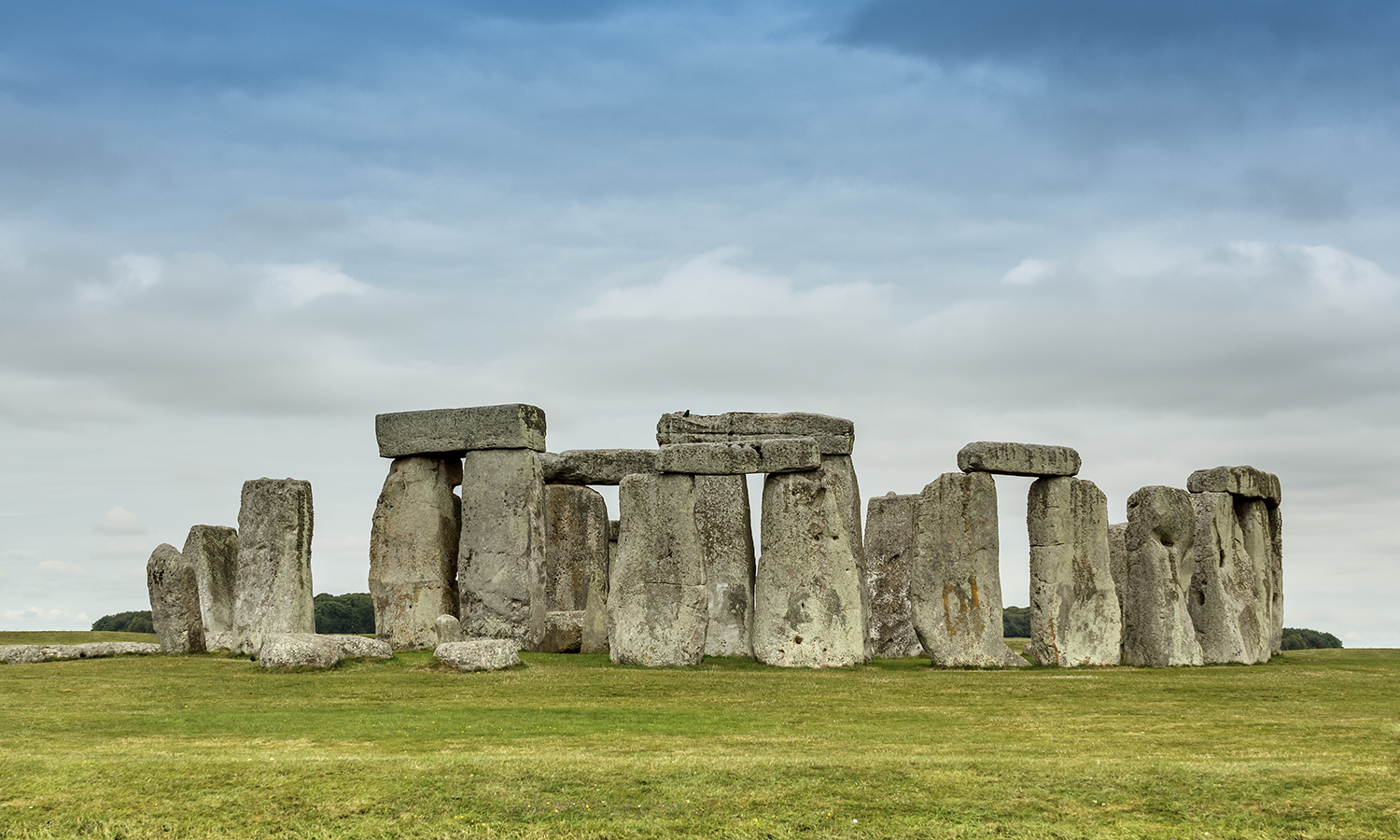
HWS News
8 September 2023 • STEM Countdown to the Total Solar Eclipse: T-minus 7 months: Ancient Solar Astronomy
Leading up to the 2024 total solar eclipse, Associate Professor of Physics Leslie Hebb, a researcher of the fundamental properties of stars and extrasolar planets, the formation and evolution of planetary systems, and the magnetic activity on low mass stars, is authoring a monthly newsletter. Below is September’s newsletter.
Today is exactly 7 months until the total solar eclipse in Geneva! In this newsletter, I am talking about how prehistoric and ancient civilizations observed the Sun and what they learned when they did.
We know that neolithic and bronze age people living over 5,000 years ago tracked changes in the Sun’s position and motion throughout the year because of the meticulously crafted stone monuments they left behind. Stonehenge and the pyramids of Egypt are arguably the most famous, but there are countless others, including a massive burial mound in Newgrange, Ireland built around 3200 BCE. Only at sunrise on the winter solstice do the rays of the Sun shine down the long, narrow entranceway lined with giant megaliths to illuminate the central tomb chamber. Or the more astronomically sophisticated Mnajdra temple complex built around the same time on the Mediterranean island of Malta. There, the size and orientation of the doorway to one of the oval-shaped temple rooms allows the Sun to shine on a display of interior stone slabs marking the summer and winter solstices. The Americas have their own massive stone structures, like the Thirteen Towers solar observatory in the Peruvian desert built in the 4th century BCE, to mark the position of the rising Sun as it changes from summer to winter and back again.
No one knows exactly why these magnificent structures were erected – whether it was to honor the dead or to make a sacred space for religious ceremonies or to create a calendar to know when to plant and harvest – because the ancient people who built them didn’t leave behind any written records.
Probably around the 15th century BCE, two different civilizations on opposite sides of the globe, the Babylonians and the Chinese, started to write down reasonably accurate observations of many celestial bodies, including the Sun, on a regular basis. While most of these observations were purely descriptions of heavenly events without attempts to understand the underlying phenomena, they resulted in several astonishing discoveries. After observing the sky for about 1,000 years, the Babylonians identified a cycle that allowed them to accurately predict solar eclipses and the Chinese were the first to observe sunspots (as well as a supernova and Halley’s Comet). In addition, the Babylonians used the celestial events as omens to help them make decisions. If the position of the Sun in the sky could tell them the best time to plant and harvest (which it did because it determines the seasons), why couldn’t it tell them the best time to fight a battle or to have a child. This is the genesis of our modern astrology.
The Babylonians never really tried to make sense of the data they collected, but the Greeks did. Starting around 700 BCE, Greek philosophers applied logical reasoning and mathematical rigor to the raw observations copied from the Babylonians to try to understand the natural world. Sometimes, their efforts resulted in amazingly astute realizations, but just as often their theories were totally wrong. Anaximander thought the Earth was surrounded by a hollow ring filled with fire. The Sun was simply a hole in the ring that allowed us to see the fire. Xenophanes thought the Sun was a collection of fiery particles that came together each morning in a radiant cloud before travelling across the sky. Finally, Empedocles thought the daytime sky was a light hemisphere and the Sun simply a reflection of the light sky off the Earth and back into the heavens. However, Aristarchus used geometry to calculate the size of the Sun compared to the Earth along with its relative distance. Recognizing how big the Sun was compared to the Earth led him to assert that it was actually the Earth that revolved around the Sun and not the other way around, as was the prevailing viewpoint. At the time, his theory was mostly ignored. They had the experience of being on a moving horse or boat, and it didn’t match how they felt every day on the Earth or what they expected to observe in the sky if the Earth was moving. It took another 1,500 years before Copernicus re-introduced this correct theory in the scientific revolution.
Stay tuned for more about the Sun as the total solar eclipse in Geneva, N.Y. approaches!
Click here for more information about the Year of the Sun.



